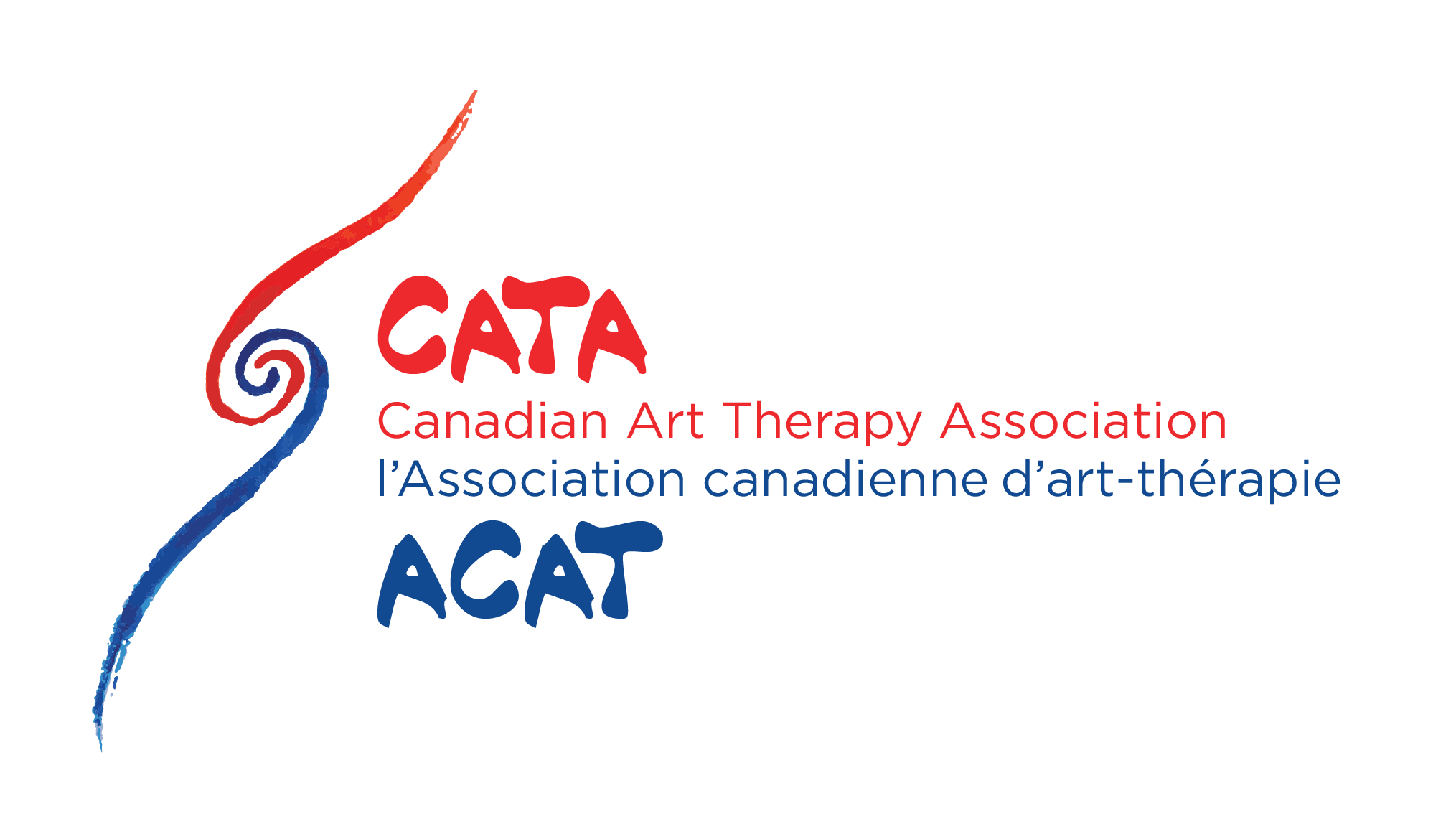The Banyan Tree
Raven Wilkins, BA, RCAT
Brantford, ON
Raven is an art therapist currently working with adults experiencing challenges relating to mental health and substance use.
Banyan Tree, acrylic Painting on canvas, 16x20”
“How have I shown growth? How do I want to continue to grow?”
These are often the questions I ask in the last art therapy group I facilitate as a part a five-week residential program for adults in recovery. I use the Banyan tree as a metaphor speaking to how this tree, also known as the “walking tree” is continuously growing. Seedlings take root atop other branches, where new branches grow back into the ground, looking like roots.
We speak about how the branches find ways to grow around obstacles they meet, a symbol of resiliency. I invite participants to reflect on their time in the treatment program and create a visual response to this using the Banyan tree as inspiration if they feel a connection to it.
I have always felt a connection to trees. In times of transformation, change and growth, trees have always had a place in my personal artwork. The process of painting trees feels as grounding as spending time among them in nature. They are a safe space, a way to connect with something larger than myself. It felt natural to use them in my practice as an art therapist.
The Banyan feels like an abstract version of trees we are most familiar with. Its branches follow no set of rules or order. I often find that because of this, clients feel free to create their own versions of these trees; taking comfort in the notion that there are no rules in the creative process.
I have witnessed clients confidence in art making deepen, strengthening their connection to art as a form of self-expression and self-exploration. Their focus shifting from what the art looks like, to what it means.


